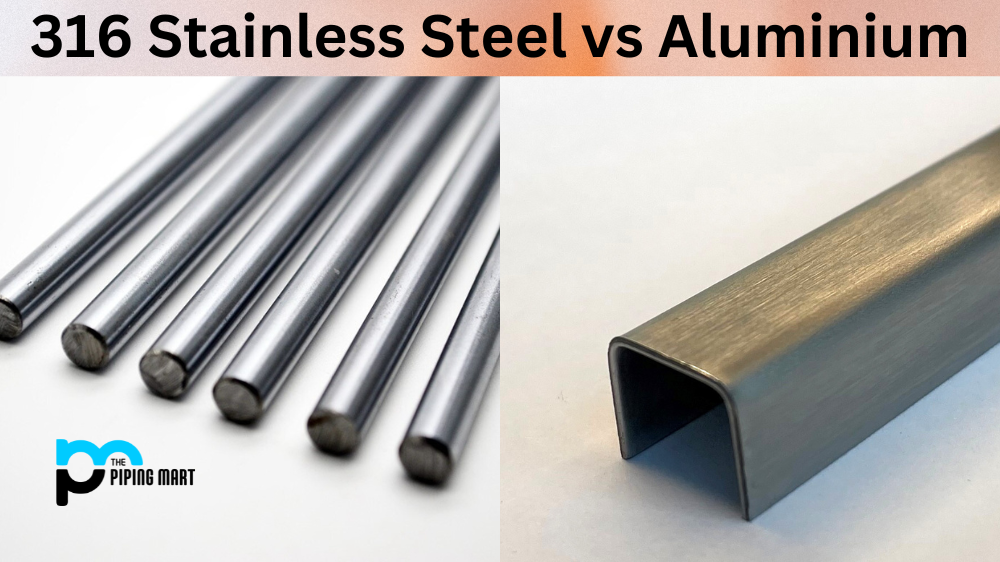When it comes to choosing the right metal for various applications, the choices can be overwhelming. However, two of the most popular options are molybdenum and copper. These metals have unique properties that make them ideal in various applications. In this blog post, we’ll explore how molybdenum and copper differ and which might be the best for your needs.
Difference Between Molybdenum and Copper
Molybdenum is a transition metal with an atomic number of 42, and it is known for its strength and corrosion resistance properties. Molybdenum is also highly resistant to heat, making it ideal for use in high-temperature applications such as in the aerospace industry. On the other hand, copper is a highly conductive metal with excellent electrical properties. It is commonly used in the construction industry for wiring and piping.
Uses
Because of its corrosion resistance and robustness, molybdenum is commonly used in manufacturing high-strength alloys, such as those used in pipes, aircraft parts, and electrical contacts. Additionally, molybdenum produces steel and other alloys, adding strength, machinability, and corrosion resistance.
On the other hand, copper is commonly used in electrical and thermal conductivity applications such as wiring and piping and in the manufacturing of coins and decorative arts. Copper is also used in electroplating, circuit boards, and roofing materials.
Cost
When it comes to cost, molybdenum is typically more expensive than copper due to its scarcity and the difficulty of mining the metal. On the other hand, copper is widespread and easily mined, making it a more affordable option. As a result, copper is more commonly used than molybdenum in everyday applications like wiring and piping.
Environmental Impact
Molybdenum has minimal environmental concerns since it is non-toxic and recyclable. However, molybdenum mining sites may cause environmental degradation and endanger wildlife in the area of mining operations. On the other hand, copper mining can severely impact the environment due to the toxic waste generated during mining. Copper is also non-recyclable and may cause pollution when discarded in the environment.
Which is Better for Your Needs?
Choosing between molybdenum and copper for your application depends on your specific needs. If you require a metal with superior strength and corrosion-resistant properties for high-temperature applications like the aerospace industry, then molybdenum is your best option. Copper is better suited for electrical and thermal conductivity applications, like piping and wiring. Further, it is generally more cost-effective than molybdenum, and you can easily source it. Consider the environmental impact of mining molybdenum vs copper to make the right decision.
Conclusion
Molybdenum and copper are popular metals with unique characteristics that make them ideal for various applications. While molybdenum is stronger and resistant to heat and corrosion, copper is highly conductive and commonly used in electrical applications. When choosing between these two metals, you must consider your specific needs, the environmental impact of mining the metals, and the cost of each option. Considering all these factors, you can make an informed choice that best suits your application.

Meet Bhavesh, a seasoned blogger with a wealth of knowledge and experience. From metal products manufacturing to retail, Bhavesh has a diverse background in various industries and is dedicated to sharing his insights and expertise with readers.




